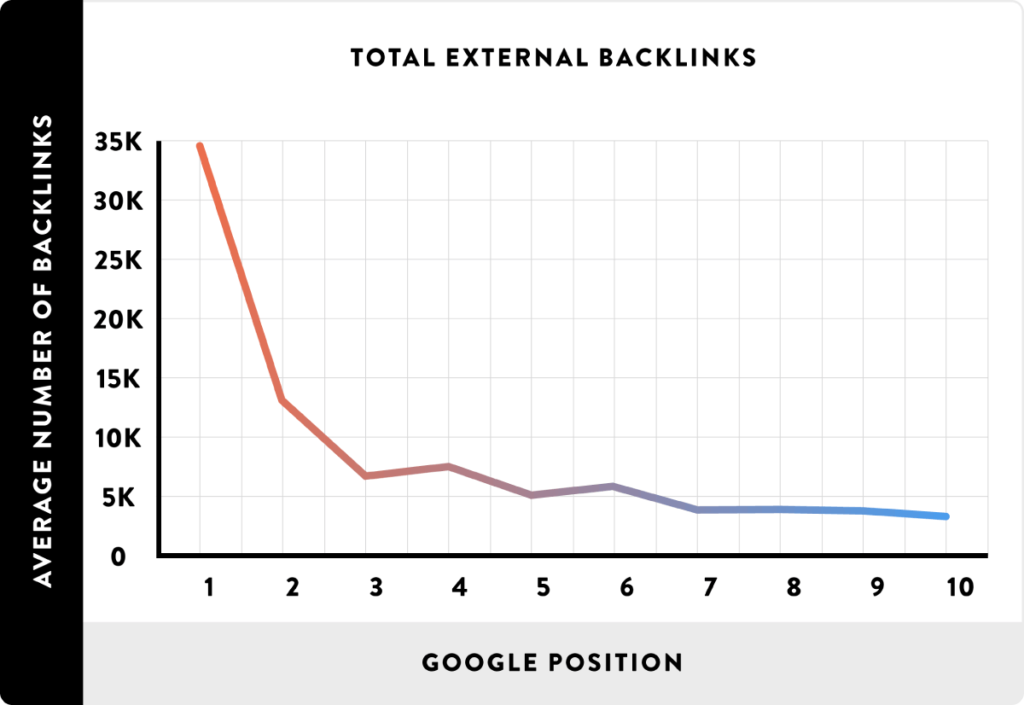7 Reasons Why Your SEO And PR Campaigns Need to Work Together

PR and SEO have long been treated by brands as two separate arms of a business. The typical story is that PR focuses on media relations and reputation management, whereas SEO focuses on website content and structure. Put simply, PR is considered off-site activity whereas SEO is on-site.
But this represents a misunderstanding of the modern media landscape. The way we consume our media has changed, and PR has changed with it. Gone are the days where the focus lay on newspapers and glossy magazines – it’s all about online.
Similarly, SEO no longer sits in its own vacuum. Exclusively ‘on-site’ activity is only one part of a broader strategy that relies on outreach and awareness – AKA traditional ‘PR’ activities – to be effective.
Fundamentally, both PR and SEO should be working together to contribute to improved performance for your brand and its bottom line.
The problem is many brands still treat them as separate disciplines rather than as two powerful components of the same digital marketing machine. Combining PR and SEO has become essential to driving the best results, and insights from both practices can be used to enhance the effectiveness of the other.
In this article we’ve broken down the seven key ways you can integrate PR and SEO to maximise ROI and get the full value from your campaigns:
- Using digital PR for link-building
- Using SEO data to inform impactful PR activity
- Using PR to predict search trends
- Amplifying PR campaigns with SEO
- Using PR campaigns to create great content
- Using PR to create valuable social proof
- Driving brand awareness with PR and SEO
Using Digital for PR Link Building Strategies
Backlinks remain one of the most important ranking factors for search engines. You need a constant supply of fresh, high-quality backlinks pointing at your site to rank well. However, with Google’s ever-increasing ability to determine unnatural backlinks, the dubious link building tactics of yesteryear no longer work. In fact, these days those tactics do more harm than good.

So, how can you improve your site’s backlink profile in a natural and effective way?
The answer: through thoughtful integration of digital PR and SEO. A little joined up thinking here can go a long way.
By planning PR campaigns with SEO in mind, you can turn the valuable exposure PR generates into backlinks. Even better, the kind of coverage effective PR campaigns win will be in authoritative and relevant sources. This means the links they provide send strong signals to search engines that you are an authority within your industry – supercharging your ability to rank for a wide range of relevant and competitive keywords.
Using SEO Data to Inform Impactful PR Activity
Many of the metrics that SEOs use every day can offer powerful insights that can feed into PR activity:
- Search volume and search trend data are excellent barometers of public interest. These can help calculate the potential for a campaign to resonate and can help scope out the size of a potential digital audience for PR activity.
- Backlink analyses of competitor’s domains can show sites that are giving coverage to rivals, but not to your site. This can be fed into PR activity as new potential leads for pitching stories and content.
- Analysis of content (both your own and competitors) that has performed well organically can help shape what good looks like. By looking at content that has won quality backlinks and ranked well for competitive terms, SEO and PR teams can learn what works and what doesn’t. This allows for constant refinement of the kind of campaigns you create, driving improvements and higher standards.
- The suite of authority metrics that SEOs use (like Domain Authority and Trust Flow) provide a way to use data to choose potential outreach targets. This can be useful for helping PR teams prioritise who to contact, as well as helping quickly filter out poor quality sites from outreach lists.
Using PR to Predict Search Trends
PR teams have their finger on the pulse of your sector. This means that they will have access to industry-insight about trends and the overall direction of travel. This can help your SEO teams get the edge on competitors, by optimising and creating content that taps into emerging themes before they become common knowledge.
Similarly, PR teams can help contextualise keywords with more detail around issues and questions that your audience have. Addressing these concerns with carefully crafted copy will help you win new business and keep it.
Amplifying PR Campaigns With SEO

When putting together any kind of PR campaign, it’s critical that your corresponding website content is optimised for organic search. By having expert SEO input, this content will be able to rank well for relevant, high volume search terms. This opens a new audience of organic traffic, increasing the exposure of the campaign.
Also, making sure that campaigns are touching on subjects with high search volumes means that the published content will also attract more organic traffic, again helping to maximise exposure.
Using PR Campaigns to Create Great Content
A key component of a long-term, mature SEO strategy is the creation of pre-transactional content. This broadens the set of keywords you can rank for and helps win new user earlier in the customer journey. The great news here is that PR campaigns are a natural fit – they are high quality, relevant content that is tailored to fit your audience.
You can squeeze more value out of your PR campaigns by adapting them as pieces of evergreen content that live on your site’s blog. This transforms them from a one-hit wonder into content that can continue delivering new potential customers for months, or even years, after the campaign’s end.
Hosting corresponding content on your own site also means that publishers have somewhere to link to when covering your campaign – especially when this content includes more detail than what you sent them. For example, if your campaign is centred around some interesting data insights, you can send publishers the highlights while publishing the data in more depth on your own site. This added detail provides a greater incentive to link to you, and using contextual links allows you to channel part of the benefit of those links to more transactional pages.
Using PR to Create Valuable Social Proof

If your PR activity is winning coverage from big media players, that is worth shouting about. By including the names of publications that have featured you on your homepage, you establish yourself as a reputable brand. This form of social proof lets potential customers know that they can trust you, which has proven benefits for conversion rate.
This doesn’t just have to be focused on national news either. If you’re winning coverage from industry-relevant trade press or well-known individuals within your sector, these should be included as a way of emphasising your brand’s status.
We know that search engines use measures like bounce rate as a ranking factor, so these kinds of tactics that improve customer interaction with your site will actually help to improve your rankings.
Driving Brand Awareness With PR and SEO
The goal of many PR campaigns is to grow brand awareness amongst your target audience. This can have trickle down benefits for SEO, as users are more likely to click on search results for brands they recognise. By carefully optimising meta-descriptions to match the way PR activity has positioned your brand, you can take advantage of this increased brand awareness to win more organic traffic from search results pages.
As brand awareness increases, you’ll also see an uptick in branded searches. Even here, SEO has a role to play in delivering a frictionless customer experience. With well optimised content, you can make sure that the right pages are ranking for the right branded searches to ensure you maximise the clicks you get from these searches.
Gone are the days when PR and SEO could work away in separate silos. To earn the right to rank well, your site and your brand need authority and the best way to develop this is through PR activity. At the same time, search engines are the way that many people get their news, so SEO has a critical role to play in ensuring maximum visibility for your PR campaigns. Aligning your PR and SEO strategies really is a win-win.
Speak to the experts at QC to see how you can start leveraging Digital PR to win links and grow your organic traffic.
Find out more about our integrated approach to SEO & Digital PR and get in touch to book an SEO audit today!
Own your marketing data & simplify your tech stack.
Have you read?
Chrome’s announcement on dropping cookie opt-in last month closed the door on a 5 year saga for marketers. But what is the landscape like in 2025 for cookie-based measurement?
Generative AI is transforming the way that marketers plan and assemble content for their Paid Ads. As big platforms like Google, Meta and TikTok increasingly build the tools needed to...
In a surprising move that has sparked heated debate, Mark Zuckerberg announced on his Instagram that Meta will be reducing its levels of censorship and in particular fact-checking on its...



